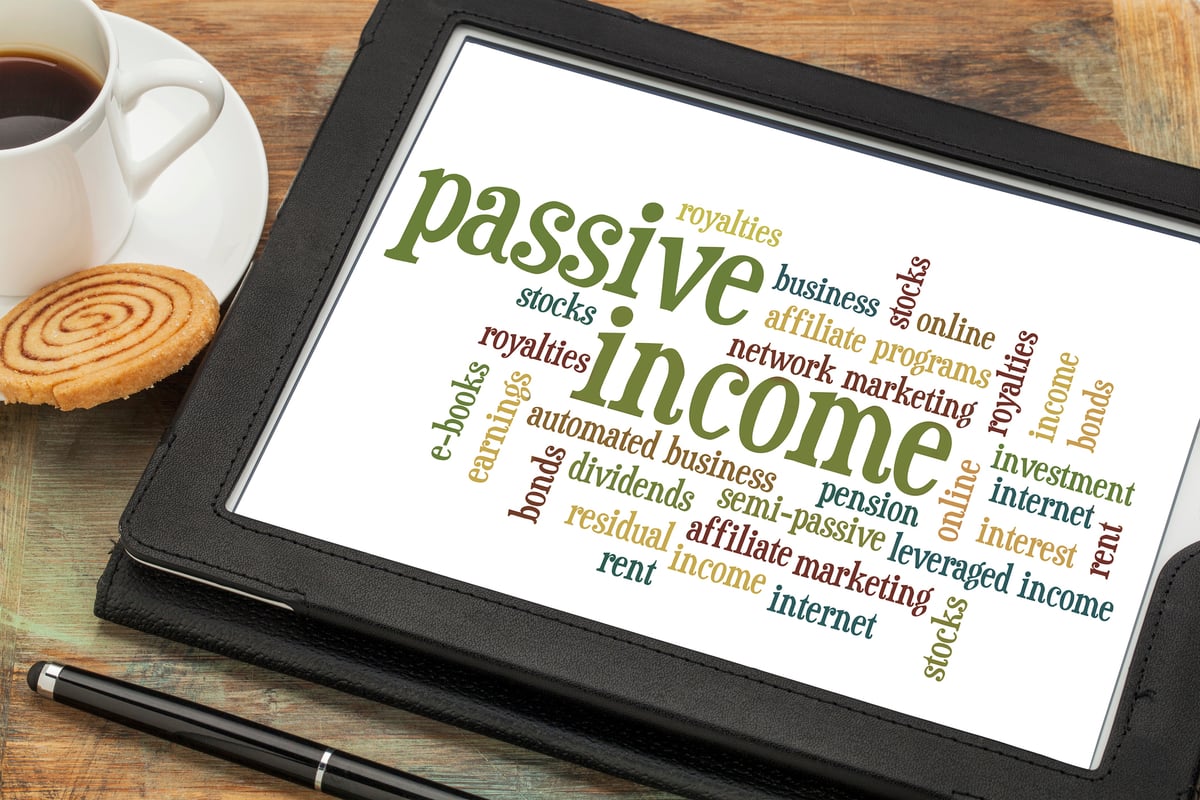The midstream sector is diverse, and you can easily find double-digit yields, if you want them. However, you need to understand all of the risks involved. For most income investors, stepping back and looking at industry-leading names like Enterprise Products Partners (EPD +0.56%) and Magellan Midstream Partners (MMP +0.00%) is a better bet, even though their yields are lower. Here's why.
That's impressive
Midstream limited partnership NGL Energy Partners (NGL +2.33%) has a yield of 11%. That's pretty enticing for income investors looking to boost the cash they generate from their portfolios. The story here is also fairly interesting, with NGL operating across four segments of the midstream space -- and it is targeting an investment-grade balance sheet and distribution coverage of 1.3 times.

Image source: Getty Images.
The only problem is that NGL has yet to achieve these desirable goals. For example, its credit rating is roughly two steps below investment grade -- there's a lot more work to be done on the balance sheet. And it hasn't had distribution coverage of 1.3 times in any of the last five years. In fact, coverage fell below 1 times in fiscal 2016 and fiscal 2018. When a limited partnership doesn't generate enough cash to cover its distribution, there's a risk of a distribution cut. That is exactly what happened in 2016.
None of this is to suggest that NGL can't achieve its goals or that it isn't a good investment for some investors. However, those looking to add a reliable income payer to their portfolios shouldn't be looking at NGL. History suggests that there's simply too much risk, no matter how pretty a picture management tries to paint.
A pair of better options
This is where Enterprise and Magellan come in. Their yields are roughly 6% and 6.5%, respectively, much lower than what you'd get from NGL. However, you need to step back and look at this with a broader lens. The units are down roughly 30% from their 2014 highs (more on this in a second), which has pushed their yields substantially higher. Enterprise's yield is 50% greater than it was in 2014 and Magellan's has more than doubled.
MMP Dividend Yield (TTM) data by YCharts.
For conservative investors, the last couple of facts should set off alarm bells. Something must be wrong! No, not really. The issue is largely related to investor sentiment, which has shifted away from even the best limited partnerships. Enterprise and Magellan can easily lay claim to being among the best names in the space as well.
For example, the $64 billion market cap Enterprise Products is an industry bellwether and one of the largest energy players in North America. It has among the most diverse portfolios in the midstream sector. Distribution coverage has been above 1.2 times in each of the last five years. For reference, 1.2 times coverage is considered very strong. Enterprise's debt-to-EBITDA ratio of around 3.6 times, meanwhile, is at the low end of the industry. (For reference, NGL's debt to EBITDA stands at roughly 5.8 times.)
Then there's the not-so-minor fact that Enterprise has increased its distribution every single year for 22 consecutive years, within which it has amassed a streak of 59 quarterly increases. And it is currently reworking its business approach so that it can self-fund more of its own growth spending, which will make it an even more conservative investment option. Out-of-favor Enterprise may not be the highest-yielding midstream options, but it is a great choice for income investors today.
Magellan's profile is pretty similar. Although a much smaller partnership at a $14 billion market cap, it is a leading industry player known for its conservative approach. In fact, in some ways, it's even more conservative than Enterprise. For example, Magellan's debt-to-EBITDA ratio is currently around 2.5 times and has historically been at the low end of its peer group. It's also long used the self-funding model to which Enterprise is currently shifting.
NGL Financial Debt to EBITDA (TTM) data by YCharts.
While Magellan's business isn't as diverse as Enterprise's, it hasn't missed a beat when it comes to ensuring the safety of its distribution. Distribution coverage hasn't fallen below 1.2 times over the last five calendar years. The distribution, in the meantime, has been increased every quarter since the partnership's IPO in 2001, or roughly 19 years of annual distribution growth.
Notably, Magellan has made a conscious decision to target distribution coverage of at least 1.2 times on an ongoing basis. This choice was to assuage broader investors concerns in the midstream industry about distribution safety. That speaks to both the management team's responsiveness to investors and its focus on financial discipline. Like Enterprise, Magellan is a good choice for investors looking for a combination of safety and income.
Buy the best when they are on sale
NGL might be a great investment, but it definitely comes with more uncertainty than either Enterprise or Magellan. Unless you are a very aggressive investor, it's not worth taking on more risk for the added yield when you can buy industry-leading, and fiscally conservative, names like Enterprise Products Partners and Magellan Midstream Partners at levels well below their recent highs. Add in their generous yields and the risk/reward trade-off is almost a no-brainer for most income investors -- Enterprise and Magellan are a better bet than stretching for double-digit yields that may not last.









